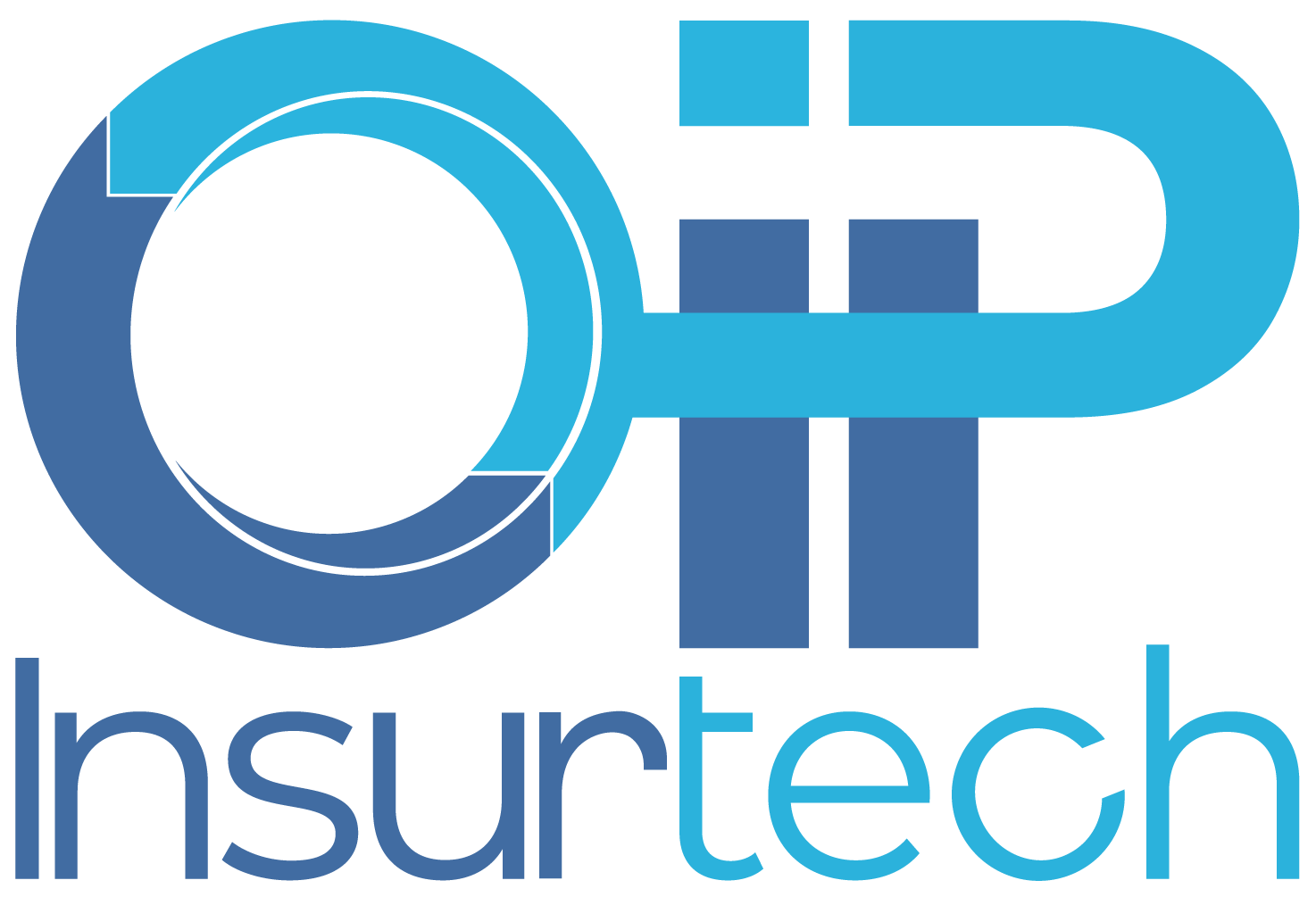Seeing Through the Paperwork: How OCR for Insurance Documents Drives Better Outcomes
Insurance still runs on paperwork. Applications, claims, loss runs – they’re everywhere.
Teams spend hours searching through forms, typing in data, and trying not to miss anything. It’s slow and tiring. And it leads to mistakes.
That’s not what today’s customers want. They expect fast service and digital tools.
OCR helps make that happen.
It reads scanned forms and PDFs, finds the important info, and turns it into usable data. No more typing everything by hand.
Instead, underwriters and adjusters can focus on decisions, not documents.
In this article, we’ll show how OCR for insurance documents is changing the game – helping carriers, brokers, and MGAs work faster, with fewer errors and better results.
 The paper problem in insurance
The paper problem in insurance
Insurance workflows still depend on documents that weren’t built for speed.
Paper files, scanned forms, and unstructured PDFs slow everything down.
Before anything moves forward, someone has to read, extract, and re-enter the data.
Too much to read, not enough time
Insurance teams still handle piles of paper every day. Scanned forms, PDFs, printed documents – they all take time to read.
Humans go line by line, pulling out coverage limits, names, dates, and other info. It’s slow. And there’s too much to catch.
So things get backed up.
Quotes are late. Claims are delayed.
And underwriters don’t have time for the work that really matters.
Every file looks different
Not all documents follow the same format.
Some are typed. Some are handwritten. Others come as messy PDFs or long emails.
One might list everything clearly. The next might hide a key change on page three.
That makes things harder to spot and easier to miss.
Teams spend more time checking, cross-checking, and rechecking.
Mistakes are easy – and expensive
Manual data entry leads to errors.
A wrong number. A missed word. A forgotten field.
That’s all it takes to misquote a policy or approve a claim without the right info.
And fixing those mistakes? It takes time, costs money, and frustrates customers.
Even small delays or errors hurt. Clients expect speed.
And when insurers can’t keep up, they lose trust – and business.
Understanding OCR for insurance documents
Insurance still relies on a lot of forms. OCR helps make them faster to process.
What is OCR?
OCR stands for Optical Character Recognition. It turns scanned documents or PDFs into digital text.
That means your team doesn’t have to retype anything.
OCR looks at each letter, number, or symbol and builds a digital copy of the document. For insurers, that means faster processing of things like applications, loss runs, or property schedules.
Once the text is digital, it’s easy to search, update, or send to other tools.
Smarter than a scanner
Old OCR tools could only read clean, typed text. Modern tools do much more.
They can handle:
-
Different layouts and fonts
-
Messy formats
-
Even some handwriting
They don’t just spit out text but know what they’re reading.
OCR can now find key fields like policy numbers or coverage limits and send that info where it needs to go.
Connecting it all together
Good OCR tools don’t stop at reading. They send data directly into your systems.
Some use APIs. Others use bots (RPA) to enter info into older systems.
Either way, the goal is simple:
No more copying from one screen to another. No more lost time.
Just a faster way to move from form to action.
 Key benefits of OCR for insurance documents
Key benefits of OCR for insurance documents
OCR isn’t just about speed.
It changes how insurers work, making the process smoother, more accurate, and easier for everyone involved.
Less typing, more doing
OCR takes hours of manual work and cuts it down to minutes.
Your team no longer has to retype every field or scroll through pages of scanned PDFs.
That means underwriters and adjusters can spend more time making decisions. And less time on copy-paste tasks.
Faster results
When you remove manual steps, everything moves faster.
Quotes go out quicker.
Claims get settled sooner.
Customers don’t have to wait.
In a competitive market, speed often makes the difference between winning and losing a deal.
Fewer mistakes
Manual entry causes errors – missed numbers, wrong names, forgotten fields.
OCR grabs the data straight from the document and sends it into your system.
No retyping.
No mistakes.
Better compliance, better records.
Happier customers
People don’t want to resend the same info three times.
They want updates. They want clarity.
OCR helps your team respond faster and with fewer questions.
The result: less frustration, more trust, and a smoother experience for everyone.
Real-world use cases
OCR helps insurers get rid of paperwork and get work done faster.
Here’s how it works in real-life situations.
Policy administration
New applications come in by email or on paper. OCR reads them in seconds.
Coverage limits, property details, and loss histories get pulled straight into the system.
Underwriters don’t waste time retyping. They review and move forward.
That means fewer delays, better accuracy, and faster policy issuance.
Claims processing
When a storm hits, the paperwork piles up – repair bills, medical notes, estimates.
OCR takes these documents, finds the key info, and sends it to the claims system.
Adjusters can now focus on payouts and fraud checks instead of sorting through forms.
It’s faster, cleaner, and more reliable.
Renewals and endorsements
Mid-term changes often mean digging through past records.
With OCR, everything is digital and searchable.
Need to find an old clause or change? Just type it in.
It saves time and cuts down on mistakes that come from retyping.
Loss runs and data mining
Old records are full of useful insights. But only if you can read them.
OCR unlocks legacy files and turns them into searchable data.
Now insurers can study trends, price smarter, and improve their books with real data. Not guesswork.
Challenges and considerations
OCR brings speed and accuracy. But it’s not perfect.
These are the things insurers need to watch for.
Poor scan quality leads to errors
OCR can’t fix blurry images or messy handwriting.
If scans are crooked, faded, or full of smudges, data gets missed.
Even the best tech struggles with bad input. That means insurers still need clear, clean scans.
Older systems don’t always play nice
Many insurers still use old platforms.
Those systems don’t always connect well with new OCR tools.
To fix that, teams often use RPA or custom-built APIs.
It adds some setup time, but it works and you don’t need to replace your systems to get started.
Some cases still need a human
Not every document is simple.
Strange endorsements, scribbled notes, or rare policy changes can confuse machines.
That’s why it’s smart to keep a human in the loop. They step in only when needed and keep errors from slipping through.
Privacy and security matter
OCR tools handle private info – names, addresses, medical reports, payment data.
So it’s critical to encrypt everything and track who has access.
With the right controls, OCR stays compliant and secure from start to finish.
The next step: Evolving beyond OCR for insurance documents
OCR is just the beginning.
Insurers are already moving toward smarter tools that do more than just read text.
Intelligent Document Processing (IDP) does more than read
OCR turns images into text. But IDP understands what that text means.
It knows where to find key info like “Named Insured” or “Policy Limits.”
It checks that data is correct and flags anything that looks off.
With IDP, insurers don’t just extract text. They trust it.
From documents to decisions
Once the data is clean and structured, insurers can do more with it.
They can use AI to:
-
Predict risk faster
-
Spot signs of fraud
-
Identify renewal chances
The more the system learns, the smarter it gets.
This is how insurers move from slow paperwork to fast, informed decisions.

Introducing OIP Insurtech’s approach
OCR is good.
But Bound AI is better.
Bound AI: Built for insurance
Most OCR tools stop after pulling out text.
Bound AI goes further.
It reads your documents, sorts the data, and checks if it’s correct – all in near real time.
Important fields like “Coverage Limits” and “Loss Dates” show up ready to use. No more hunting for missing info or fixing errors later.
Technology + insurance brains
A lot of tech companies offer OCR.
But not many know insurance like we do.
Bound AI was built by people who understand underwriting, claims, and compliance.
That means the data you get isn’t just fast. It’s right.
Ready for the future
Using Bound AI helps today – faster quotes, faster claims.
But it also sets you up for tomorrow.
When your data is clean and structured, you can use it for things like:
-
Predictive risk models
-
Smarter pricing
-
Faster underwriting decisions
It’s a simple way to fix paperwork problems now and build a smarter insurance business for the future.
The bottom line
OCR for insurance documents is not just about saving time.
It’s about building a faster, smarter, and stronger insurance operation.
By using OCR, carriers, MGAs, and brokers can ditch slow manual work and move toward a real digital advantage. Faster quotes. Faster claims. Happier customers.
And when you add smarter tools like the Bound AI you’re not just fixing today’s problems. You’re setting yourself up to win tomorrow too.
Key takeaways
-
Faster workflows: Digitizing paperwork with OCR saves time, speeds up underwriting and claims, and cuts out delays.
-
Fewer mistakes: Automated data capture means fewer typos, fewer errors, and easier compliance.
-
Better customer experience: Quicker service and less paperwork keep clients happy and loyal.
-
Smarter operations: With the Bound AI and OIP Insurtech, you get tech that fits real insurance work – not just tech for tech’s sake.
Ready to explore how automated data entry can transform your claims process? Contact us today to learn more.

